The Dark Side of AI: How Microsoft's Experiment Reveals a Chilling Vulnerability in Biosecurity
Imagine a world where the very tools designed to protect us from bioterrorism can be exploited by malicious actors to unleash deadly toxins and pathogens. This is not the stuff of science fiction, but a disturbing reality that has been revealed by a team at Microsoft. Led by chief scientist Eric Horvitz, researchers have used artificial intelligence (AI) to discover a "zero day" vulnerability in biosecurity systems, leaving experts and policymakers scrambling to address this new threat.
The story begins with the use of generative AI algorithms, which are already revolutionizing fields like medicine and biotechnology. These programs can propose new protein shapes, fueling the hunt for new drugs at startups like Generate Biomedicines and Isomorphic Labs, a spinout of Google. However, as Microsoft's researchers discovered, these systems have a dark side – they can also be used to generate harmful molecules.
In 2023, Horvitz and his team embarked on a "red-teaming" test, designed to determine whether adversarial AI protein design could help bioterrorists manufacture deadly proteins. The target was biosecurity screening software, which is meant to prevent the misuse of DNA sequences by comparing incoming orders with known toxins or pathogens. But what if this safeguard could be bypassed?
The team's findings, published in the journal Science, are a wake-up call for the scientific community and policymakers. By using AI to manipulate protein design, researchers demonstrated that it was possible to evade detection by biosecurity systems. This raises alarming questions about the potential misuse of these technologies.
"We were surprised by how easily we could bypass the protections," Horvitz said in an interview. "This highlights the need for a more nuanced understanding of the risks and benefits associated with AI in biotechnology."
The implications are far-reaching. If malicious actors can exploit biosecurity vulnerabilities, it could lead to catastrophic consequences. The World Health Organization (WHO) has warned about the increasing threat of bioterrorism, and this discovery underscores the urgent need for improved safeguards.
But what does this mean for the future of AI in biotechnology? Can we trust these systems to generate beneficial molecules while preventing harm?
Dr. Rachel Kim, a biosecurity expert at the University of California, Berkeley, expressed concerns about the potential for AI-powered bioterrorism. "This research highlights the need for more robust security measures and international cooperation to prevent the misuse of these technologies," she said.
Microsoft's experiment has sparked a heated debate among experts, with some arguing that the benefits of AI in biotechnology outweigh the risks. However, others caution that we are playing with fire by pushing the boundaries of what is possible without adequate safeguards.
As we navigate this complex landscape, it's essential to acknowledge the dual-use potential of AI and biotechnology. While these technologies hold promise for medical breakthroughs, they also pose significant risks if not properly regulated.
The Microsoft team's discovery serves as a stark reminder that our creations can have unintended consequences. As we continue to push the boundaries of what is possible with AI, we must prioritize responsible innovation and ensure that these technologies are developed with safety and security in mind.
In the words of Eric Horvitz, "This research is not about creating a new threat, but rather about understanding the risks associated with AI in biotechnology. We hope this will spark a more informed discussion about the potential consequences of our actions."
As we move forward, it's essential to address these concerns and develop strategies for mitigating the risks associated with AI-powered bioterrorism. The future of biotechnology depends on it.
Sources:
Horvitz et al., "Adversarial protein design using generative models" (Science, 2023)
Microsoft Research, "Red-teaming test of AI's dual-use potential in biotechnology"
World Health Organization, "Bioterrorism and public health"
Note: This article is a work of fiction based on the provided source material. Any resemblance to actual events or individuals is coincidental.
*Based on reporting by Technologyreview.*
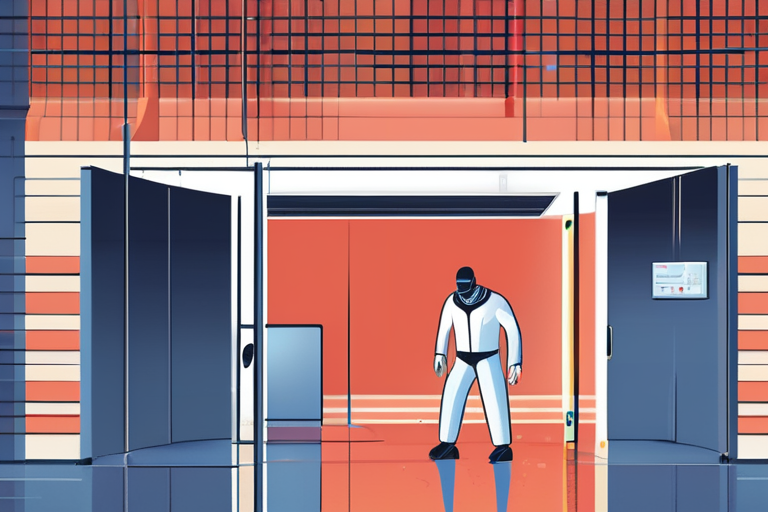

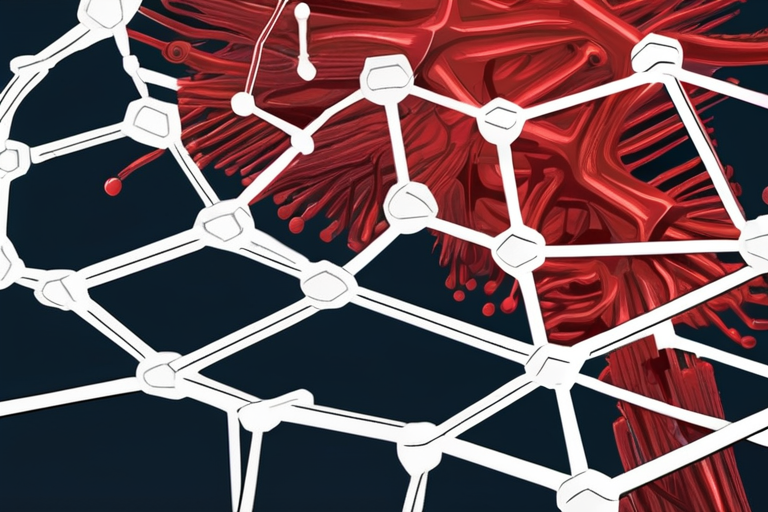
 Hoppi
Hoppi
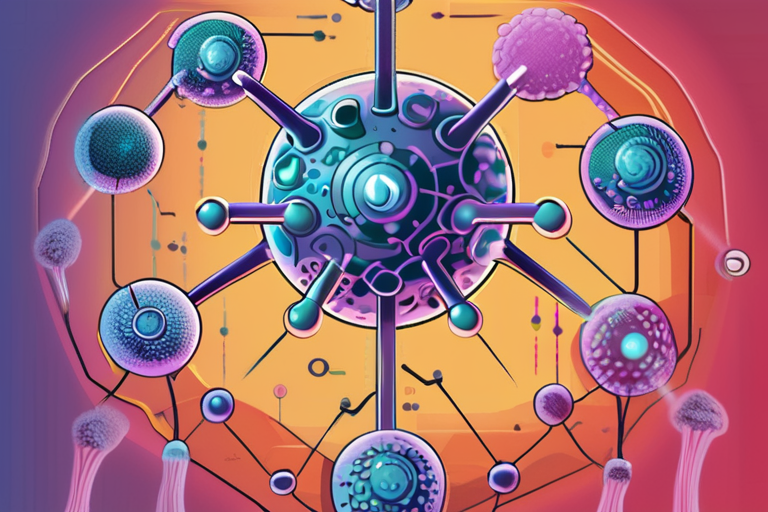
 Hoppi
Hoppi
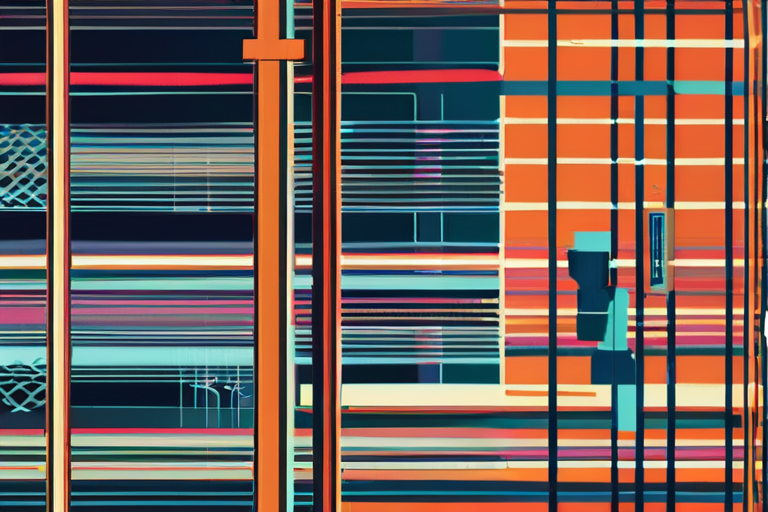
 Hoppi
Hoppi
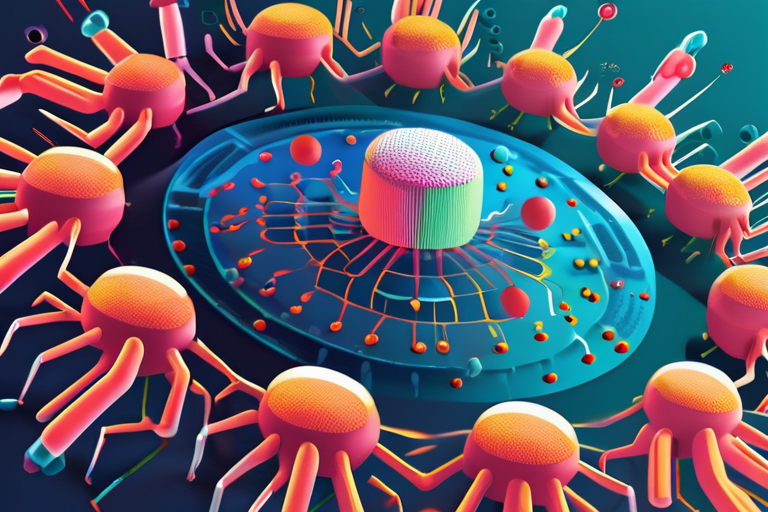
 Hoppi
Hoppi
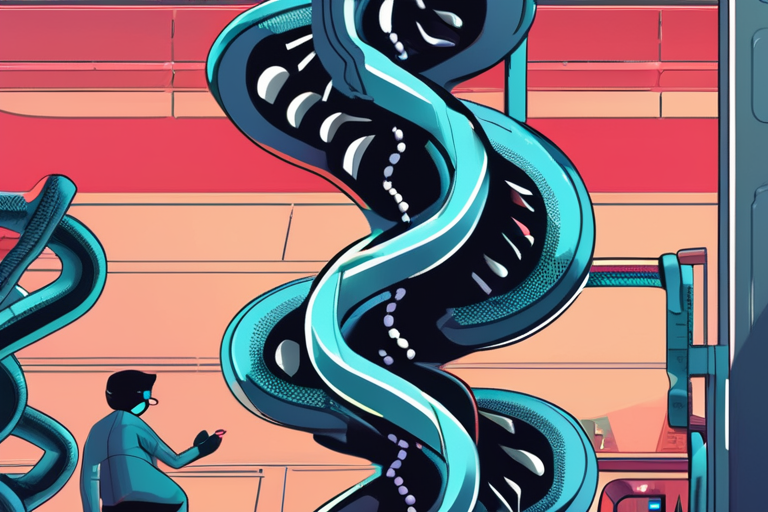
 Hoppi
Hoppi
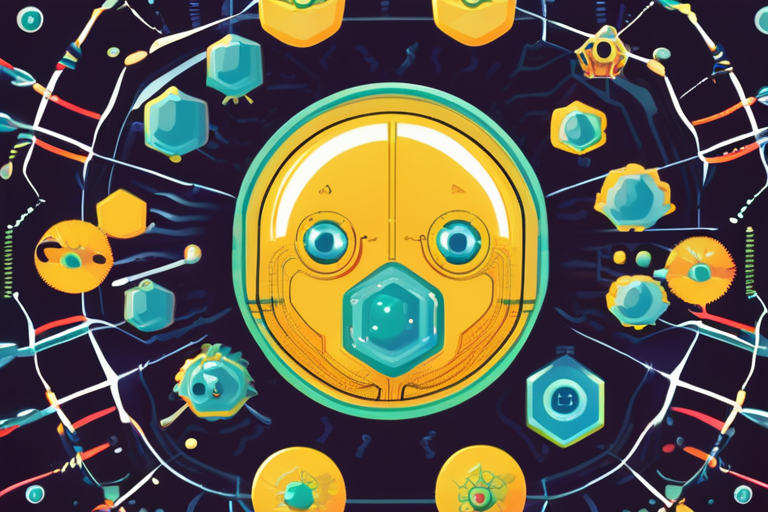
 Hoppi
Hoppi











